We've got some easy ( and tasty ) earthquake experiments to share today! Did you know the Earth is made up of large pieces of rock called tectonic plates? Where two tectonic plates meet is called a fault. If two plates rub together at a fault waves of energy ( seismic waves ) come to the surface of the Earth which are felt as an Earthquake.
Earthquakes can be different magnitudes, sometimes they are just a small tremor and other times cause huge amounts of damage to the land above. An earthquake of magnitude 3 would be very small, 6 would cause substantial damage and 9 would have catastrophic effects.
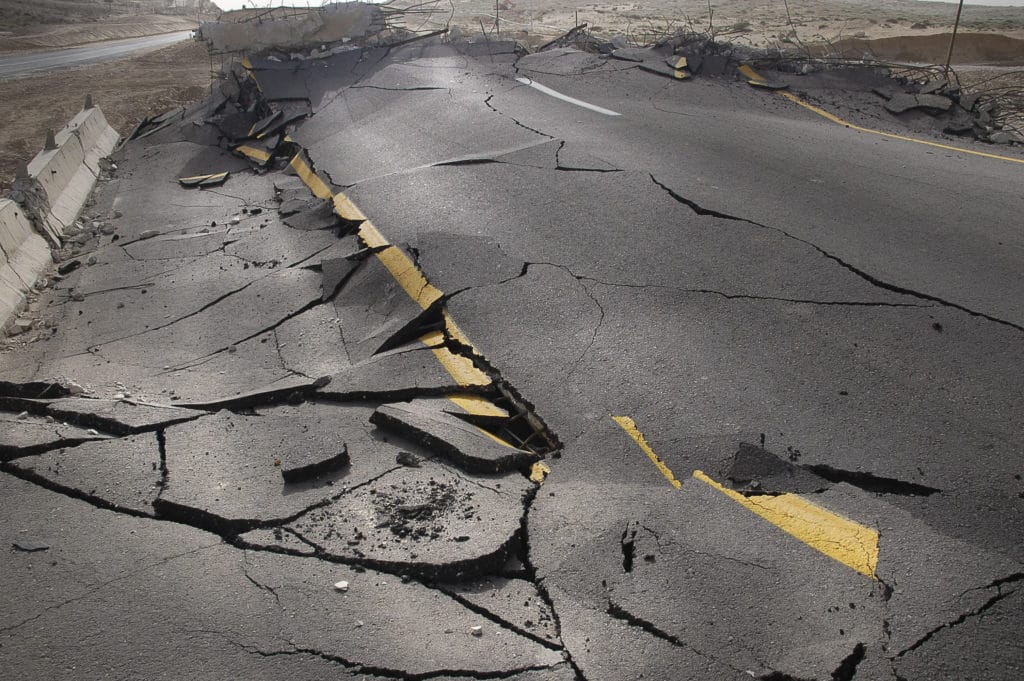
The amount of damage an earthquake causes is measured by the Mercalli Scale, which is a measure of intensity. This changes depending on the part of the Earthquake being measured. For example damage at the epicentre of an Earthquake would be more than further away from the epicentre.
If an Earthquake happens at the bottom of the sea it can push water upwards creating huge waves called tsunamis.
Earth like a Peach
Imagine the Earth as being like a peach made up of layers. The stone in the middle is the core, while the fleshy part is like the Earth's mantle which contains magma and the skin is like the crust.
Another way to picture this is to make a model of the Earth like this one we made with playdough.
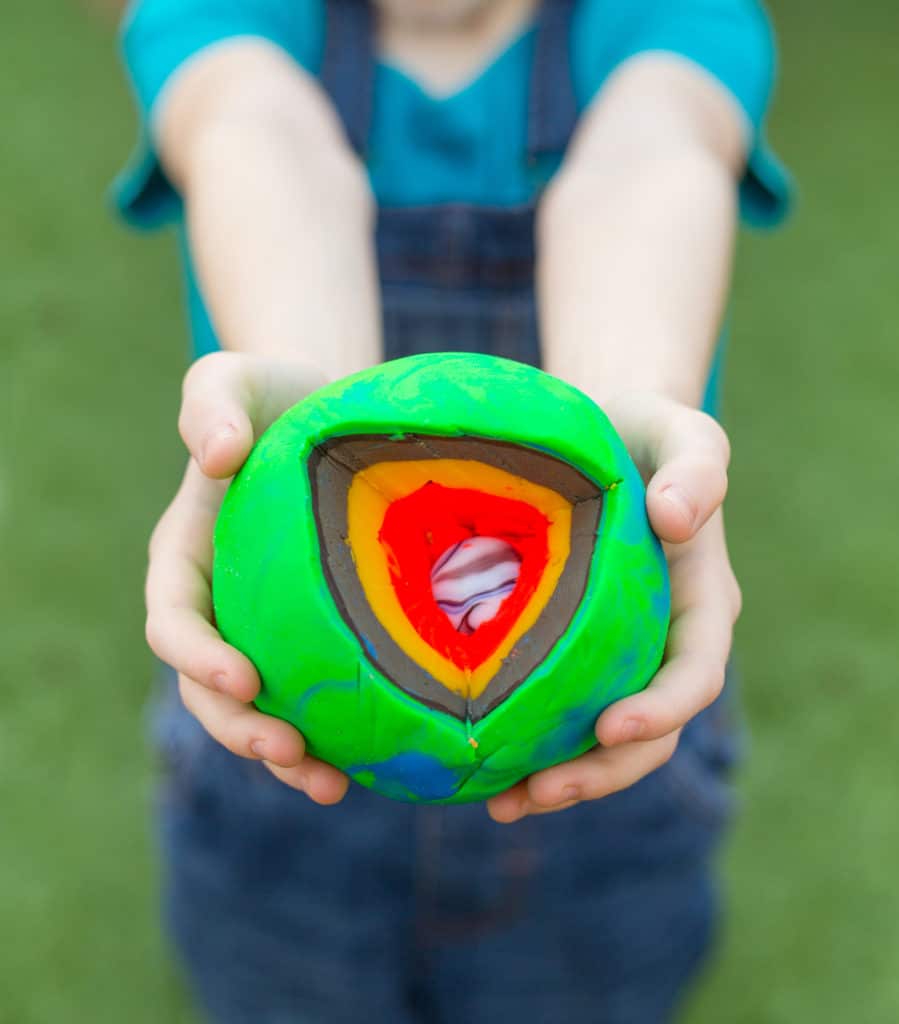
Good Foundations - Earthquake Experiment
You'll need:
Jelly
Chocolate brownie or other foundation
Gummy sweets
Cocktail sticks
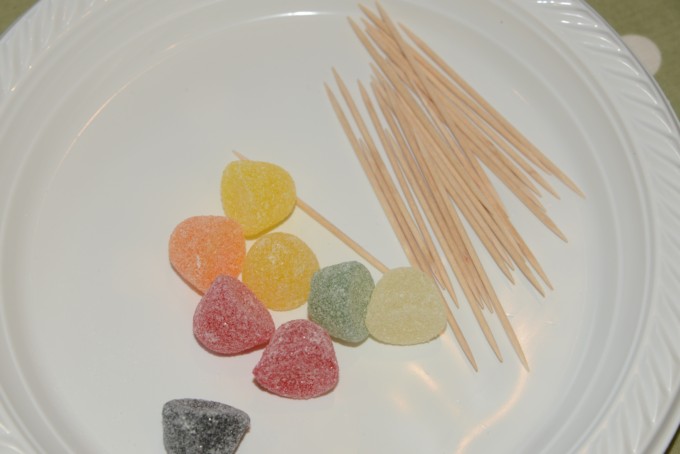
Earthquake Experiment Instructions
Make jelly and a brownie or other foundation layer to test in a tray or on a plate. If you don't want to use food items, play dough, clay etc would all work well too.
Build a tower using the cocktail sticks and jelly sweets. Ours looked like this.
We tested our tower on it's own and then in jelly, flapjack and brownie by counting the number of shakes needed to make it fall over and recorded our observations.
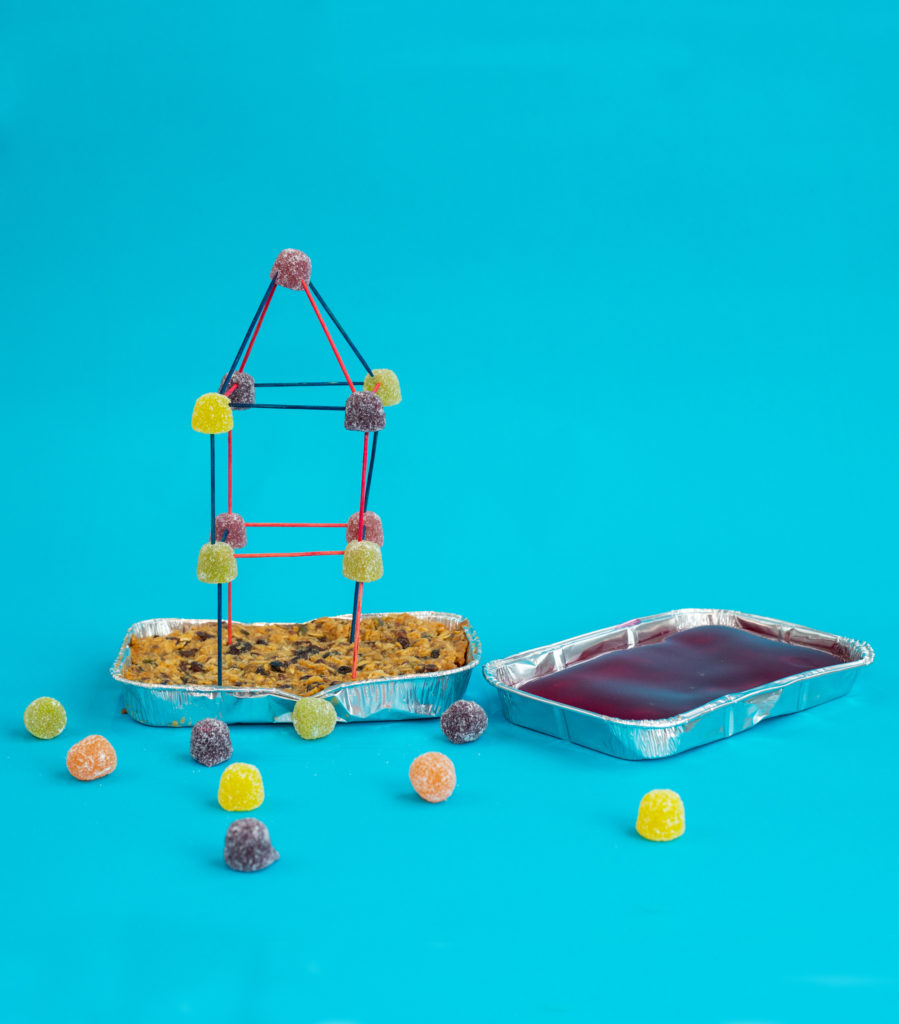
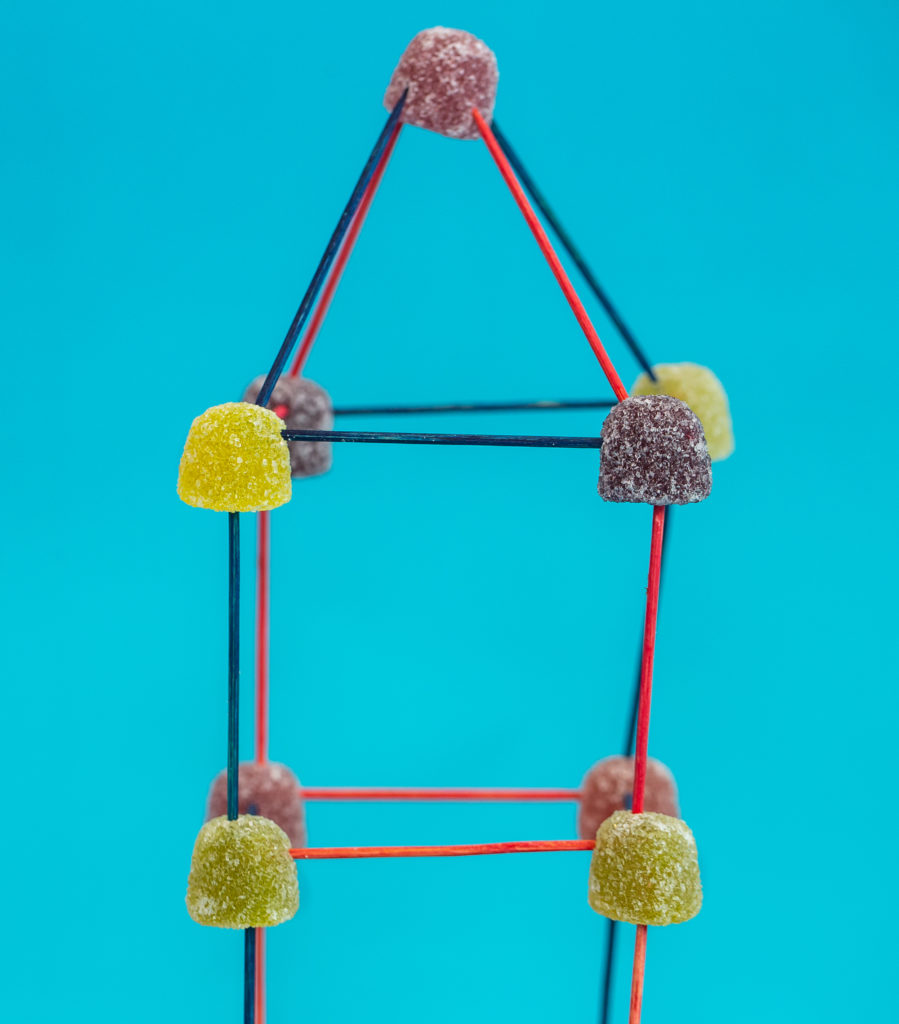
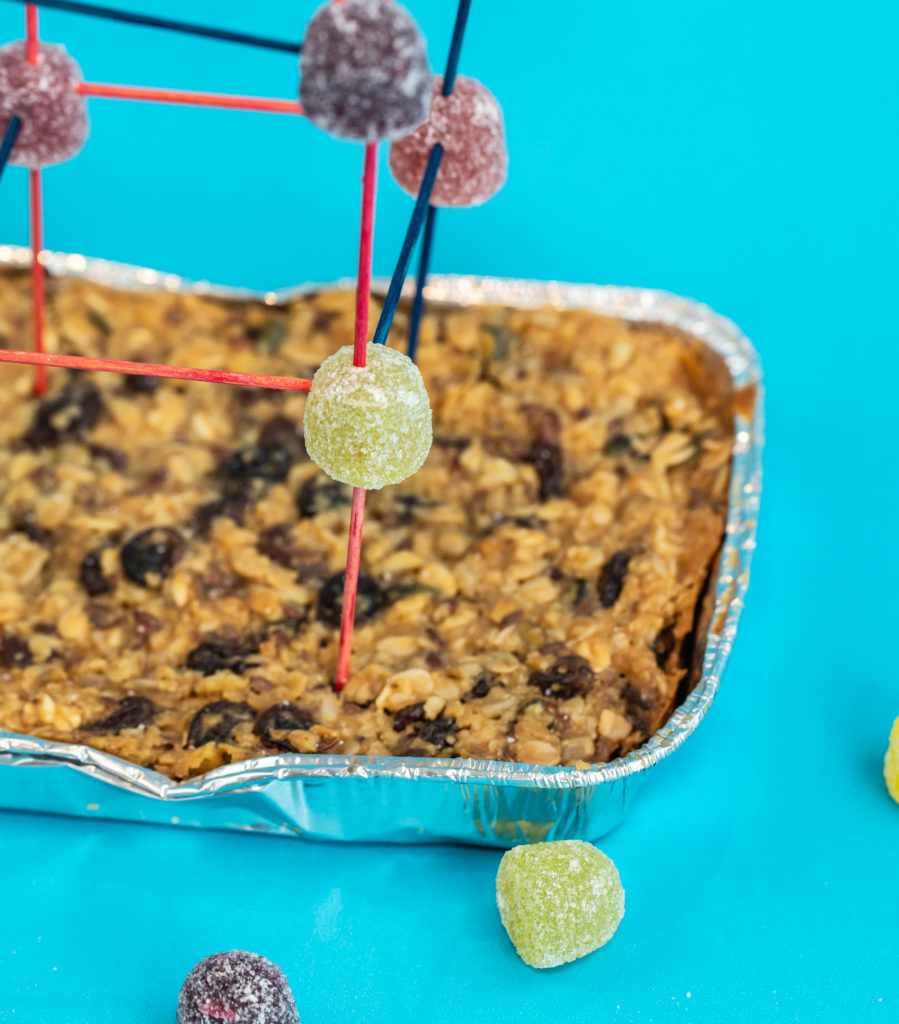
Images taken from Snackable Science
Earthquake Experiment - Make it fair
The same person shook all our towers, so we could try to make sure the same force was used each time.
We used a tower of the same height and using the same number of sweets/toothpicks each time.
Keep the depth of the foundations the same.
Extension ideas
What happens if you build a taller tower?
What other foundations could you use?
Can you think of a way to strengthen your tower?
Snackable Science
This activity can also be found in my latest book, Snackable Science
Earthquake Facts for Kids
A seismometer is used to measure the magnitude of an earthquake. Earthquakes are measured on the Richter Scale.
Movement of a tectonic plate of just 20cm is enough to set off an earthquake!
Small earthquakes can be felt as a slight tremor, but larger earthquakes can cause severe damage, making buildings collapse, causing landslides, flooding and explosions.
More Earthquake Science for Kids
Make your own Seismometer - this is super easy and great fun to engineer.
Find out about plate tectonics with an orange!
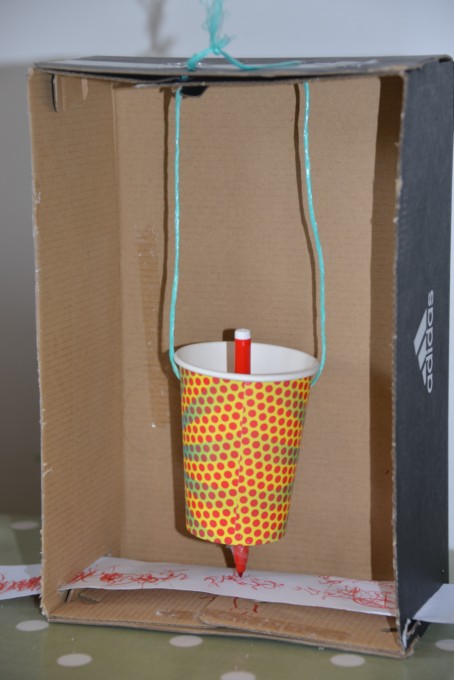
Scientific American have a brilliant LEGO based earthquake activity too!
Suitable for – Key Stage 2 – Human and physical geography.
Key Stage 2 - Science
Post contains affiliate links
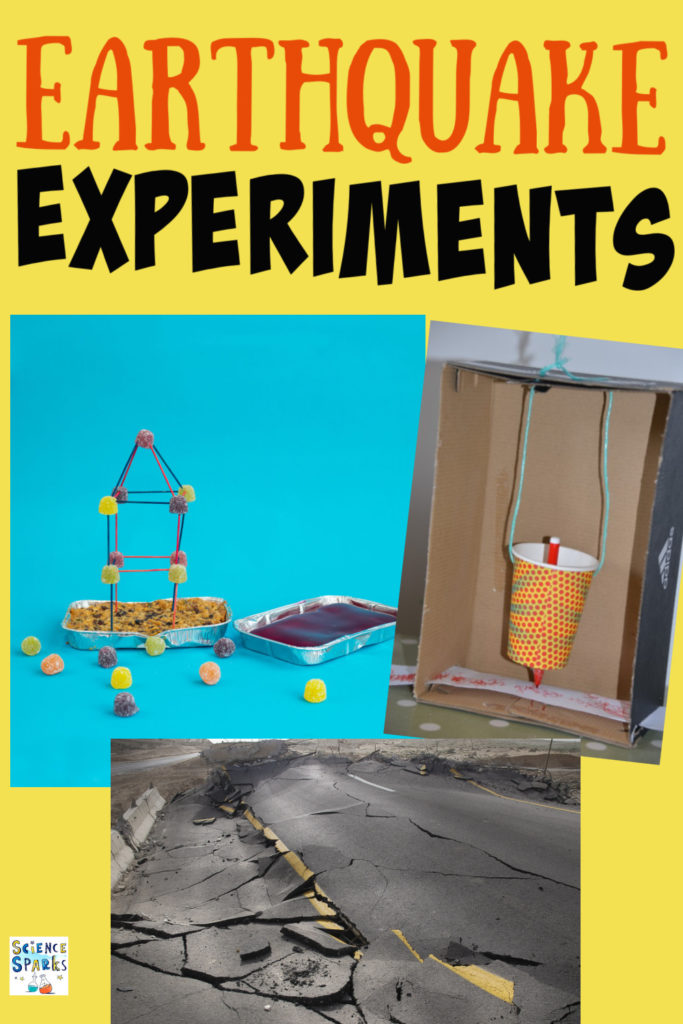
Last Updated on September 19, 2024 by Emma Vanstone
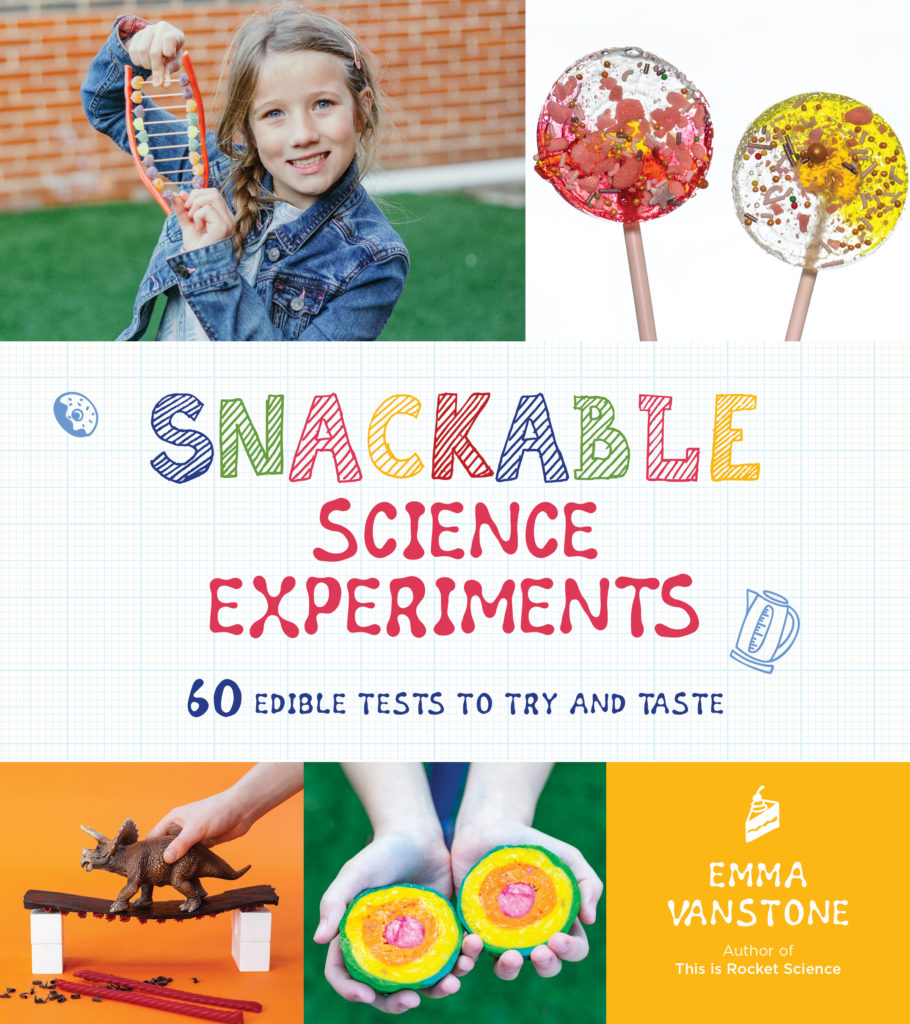



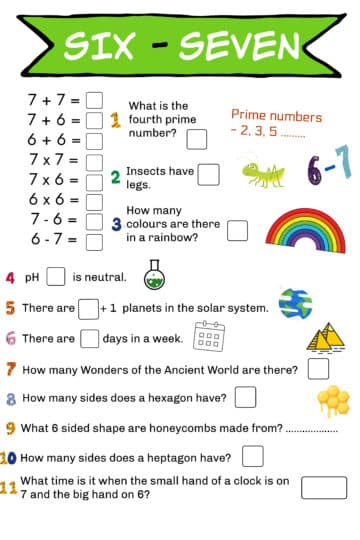
Leave a Reply